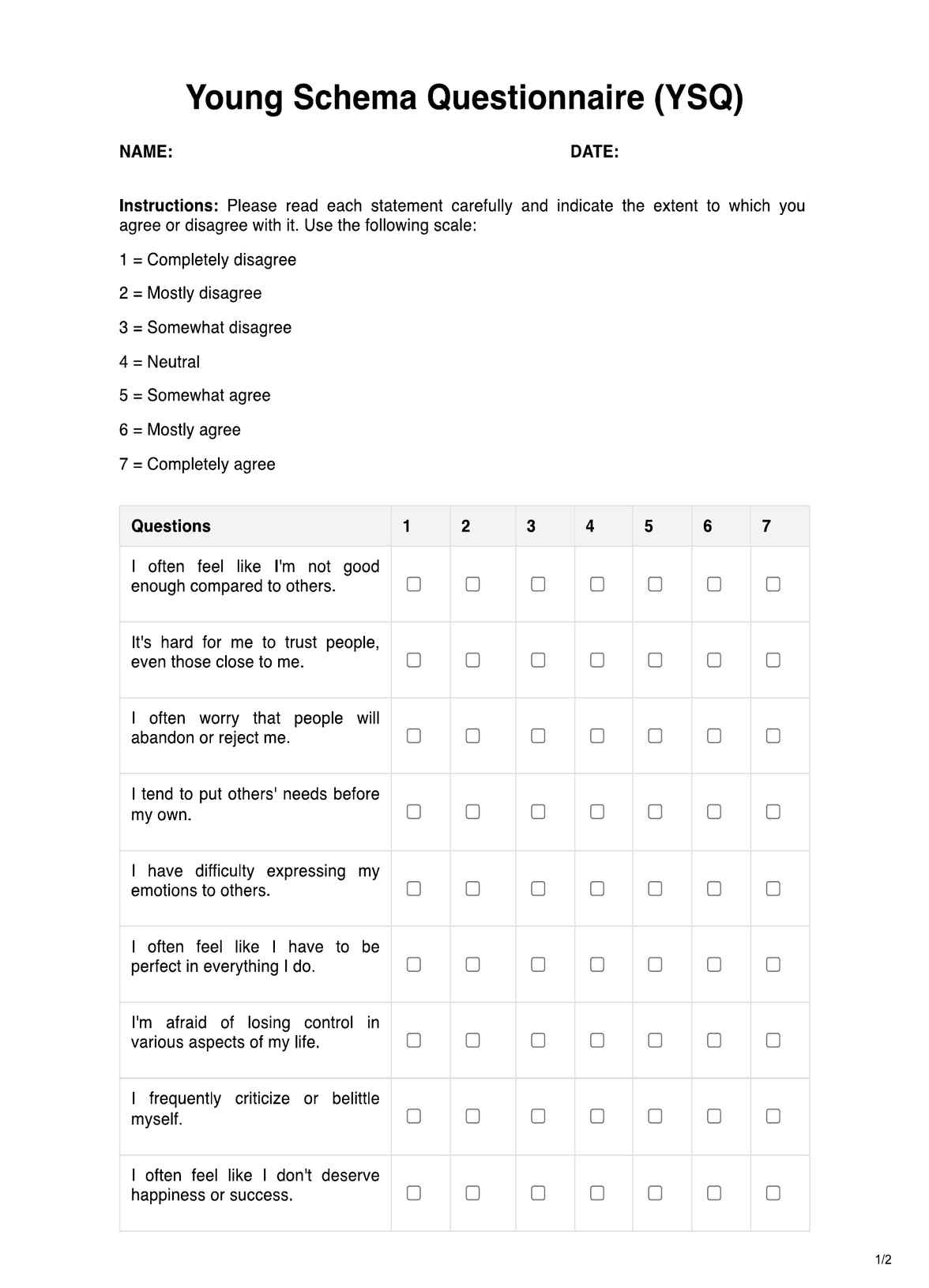The Lift-Off Test is a simple but effective tool that can help you diagnose shoulder blade conditions quickly and accurately. To use the test, your patient should be seated comfortably with their head and shoulders supported. Then, the patient lifts their arms away from them as far as possible in a straight line, as if they were about to do a jumping jack. The results are then monitored and interpreted.

Lift Off Test
Learn about the Lift Off Test and how to use it with our free PDF guide. Understand the components of the test and get an example for your practice.
Use Template
Lift Off Test Template
Commonly asked questions
The Lift-Off Test allows the clinician to quickly assess the shoulder blades' mobility and the associated muscles' strength. It also provides insight into postural control and signs of overuse or weakness in the shoulder blade area.
The Lift-Off Test helps identify shoulder impingement or dysfunction by examining the shoulder blades' movement and accompanying muscles.
EHR and practice management software
Get started for free
*No credit card required
Free
$0/usd
Unlimited clients
Telehealth
1GB of storage
Client portal text
Automated billing and online payments











